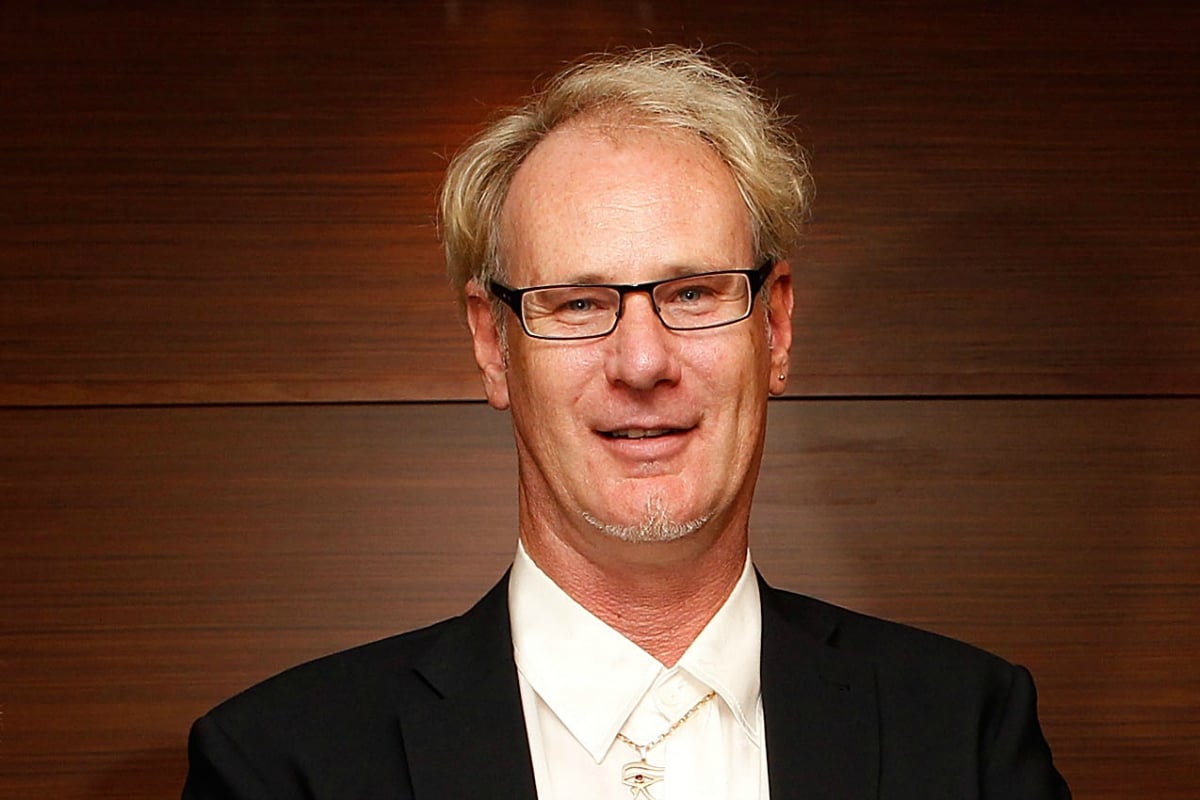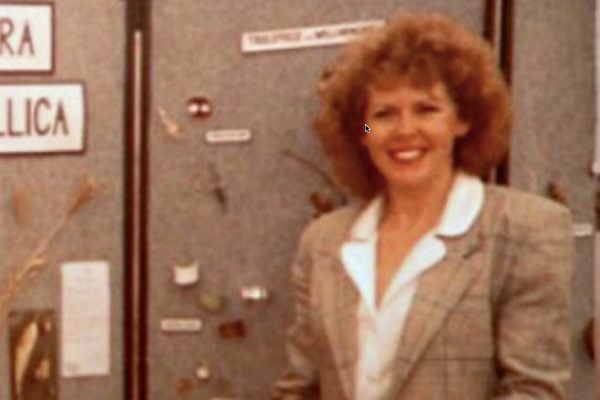
With AAP.
In 1994, Andrew Mallard stood in his police holding cell, as detectives pored over the details of the apparent murder of local jeweller Pamela Lawrence. Rattled, confused, the Western Australian man repeated the same words over and over to the guards: “I’m innocent. I’m innocent. I didn’t kill that woman. I’m innocent.” Their response was a predictable scoff: “Sure, mate. That’s what they all say.”
Only, this time, it was the truth.
Andrew spent more than a decade repeating that phrase; throughout his trial and conviction for killing the 45-year-old mother, during his sentencing and the 12 years he spent behind bars – “I’m innocent,” he said. “I’m innocent”. But it was only after the tireless work of investigative journalist, Colleen Egan, and barristers John Quigley MLA (the current WA Attorney-General) and Malcolm McCusker QC, that the justice system finally agreed. His murder conviction was quashed by the High Court and he was released in 2006.
But this week, having been free for just a year longer than he was imprisoned, Andrew Mallard was killed.
On the day we walked from Casuarina prison… Andrew Mallard, a free innocent man, wore Buddhist beads. May he find a next life that is kinder. RIP pic.twitter.com/PaW37P52vR
— Colleen Egan (@ColleenEgan1) April 19, 2019






























































































